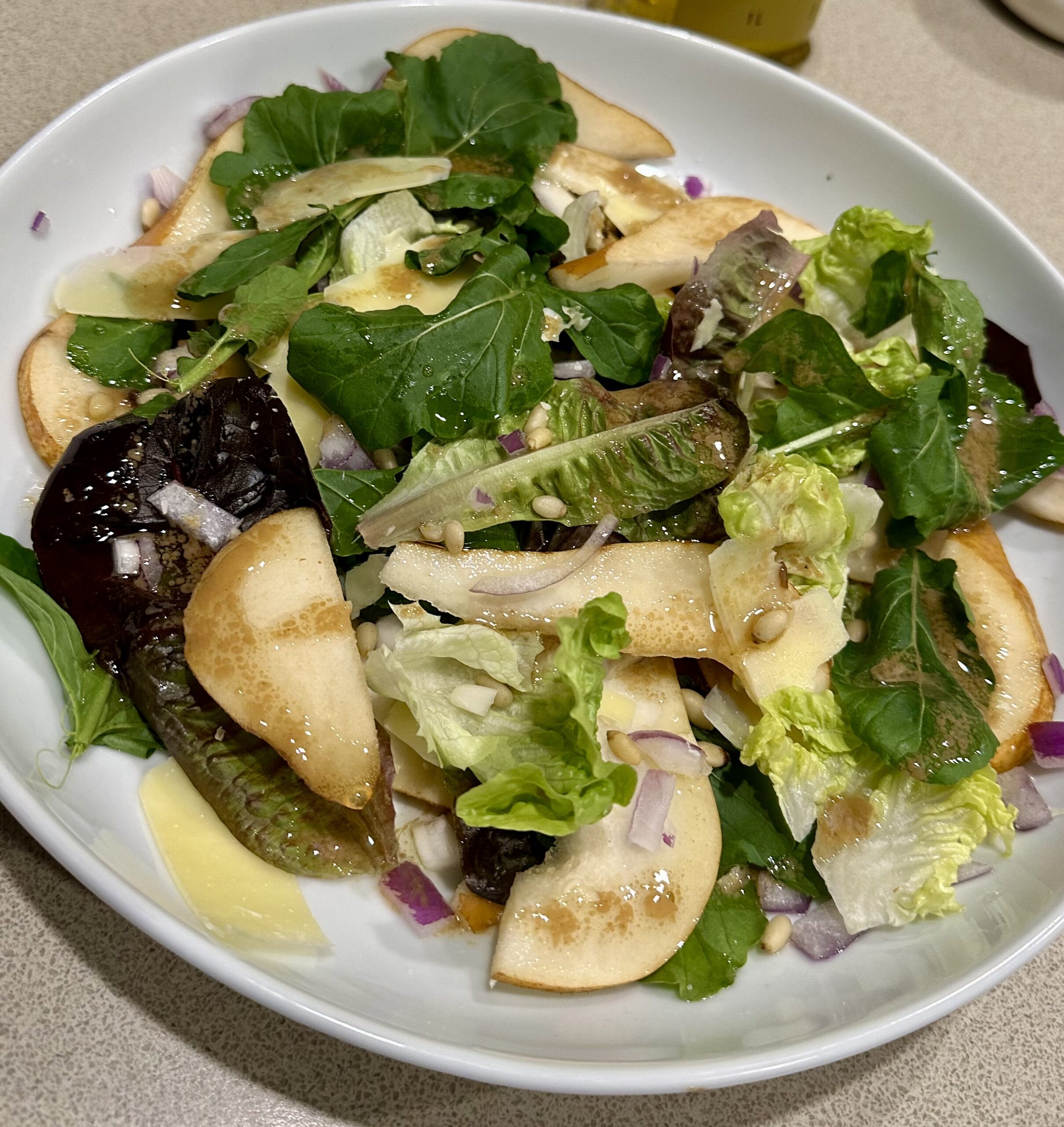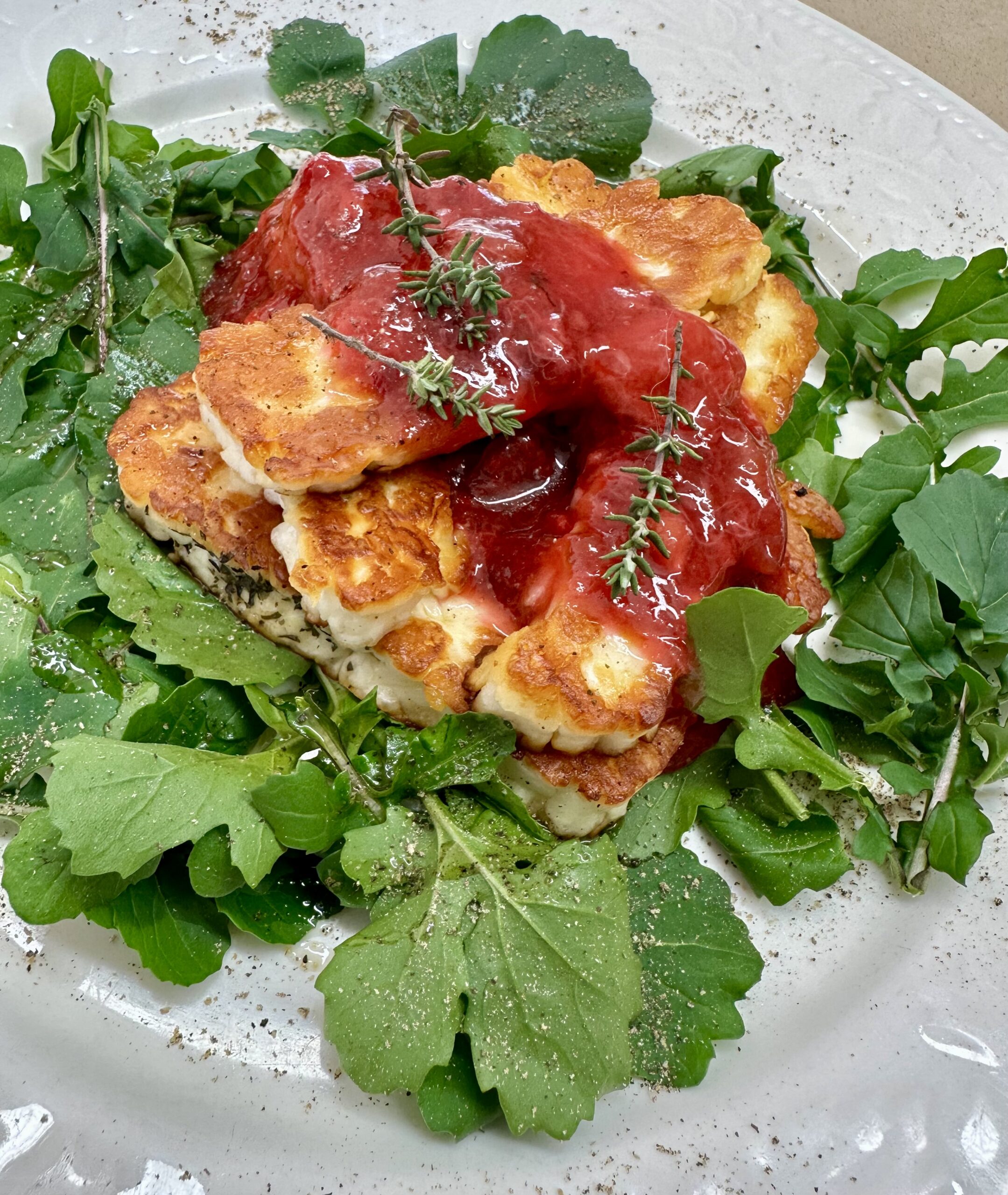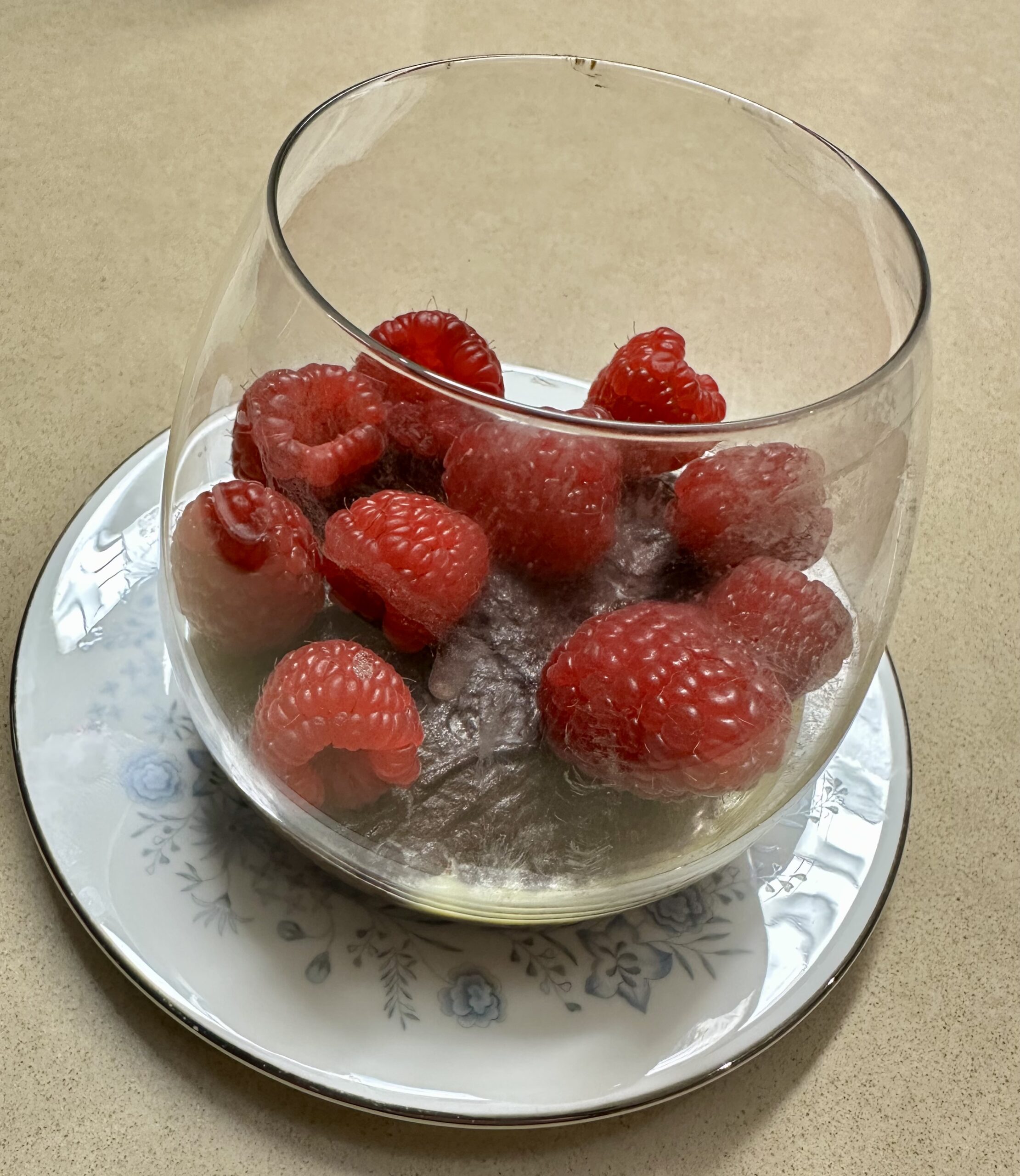On the way from Canberra to Sydney we stopped at Eling Forest Winery, in the Southern Highlands, for lunch.
Roasted Pumpkin and Spiced Apple Soup was on the “specials of the day” menu and we both had the same. The combination of sweet, smoky pumpkin and spiced apples was divine and I couldn’t wait to make my own version.
Topped with Cashew Nut Cream and crunchy Spiced Pumpkin Seeds, this soup, which is suitable for Vegans, is a real winner. Perfect for lunch or supper on a cold day in the Southern Highlands of New South Wales, or anywhere else when it’s a bit nippy.
If you’re not following a Vegan diet you can thin down the soup with cow’s milk.
Soup:
About 500g pumpkin, peeled
4 Tbs olive oil
1 large onion, chopped
2-3 apples, peeled, cored and cut into chunks
4 cloves garlic, finely chopped
½ tsp salt
½ tsp each of ground cinnamon and nutmeg
A pinch of ground cloves
A pinch of ground cayenne
1 litre vegetable stock
Milk as required (cow’s, oat, almond etc)
Crunchy Pepitas:
1 Tbs olive oil
1 cup pepitas (pumpkin seeds)
¼ tsp salt, or to taste
1 tsp sugar, honey or maple syrup (optional)
¼ tsp each ground cumin, cinnamon and paprika
Cashew Nut Cream:
1 cup raw cashew nuts + enough water to cover
2 tsp cider vinegar
2-3 tsp nutritional yeast (optional)
Salt to taste
To serve:
Toasted sourdough or Turkish bread
Cashew Nut Cream: Cover cashew nuts with water and leave to soak overnight. Place in food processor or blender with the water and vinegar and process until smooth, stopping halfway to scrape down the sides. Add the nutritional yeast, if using, then taste and add a little salt if needed. It will keep for a few days in the fridge. Thin down if necessary with a little water.
Soup: Preheat oven to 200° C. Cut the peeled pumpkin into large chunks, mix with 2 Tbs of the olive oil, spread out on a baking tray and roast for about half an hour or until tender and starting to brown. Meanwhile heat remaining 2 Tbs oil in a large heavy-based saucepan and add the onions, apples and garlic. Cook, stirring often, until soft. Add the spices and cook, stirring for a minute or two. Add the roasted pumpkin and the stock. Simmer for 25 minutes then turn off the heat. When cool enough to handle, puree the soup in a blender or food processor. It will be very thick. Can be made ahead to this stage and kept in the fridge for up to 4 days.
Crunchy Pepitas: place pumpkin seeds in a medium-sized non-stick frying pan with the oil and stir over moderate heat for 2 minutes. Add salt, sweetener (if using) and spices. Continue to cook, stirring all the time, until the seeds are starting to change colour. Tip out onto a large dinner plate and leave to cool. Keep in a jar in the fridge and use about a tablespoonful for each serving of soup.
To serve, reheat the soup adding water or milk to thin it down to the required consistency. Taste and add salt if required.
Serve with toasted sourdough or Turkish bread, topped with a swirl of cashew nut cream and a few crunchy pepitas.
Serves 8


 2 cups thick Greek-style plain yoghurt
2 cups thick Greek-style plain yoghurt


 Rocket leaves or a mix of salad greens
Rocket leaves or a mix of salad greens





